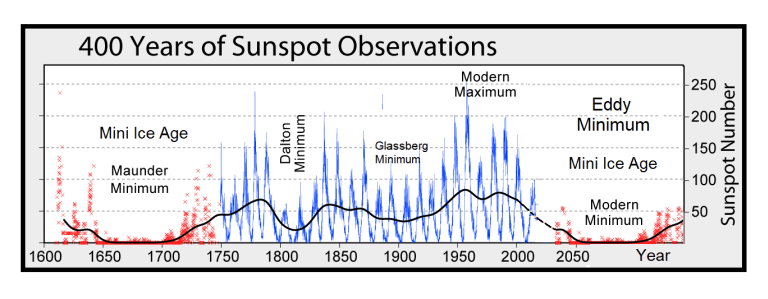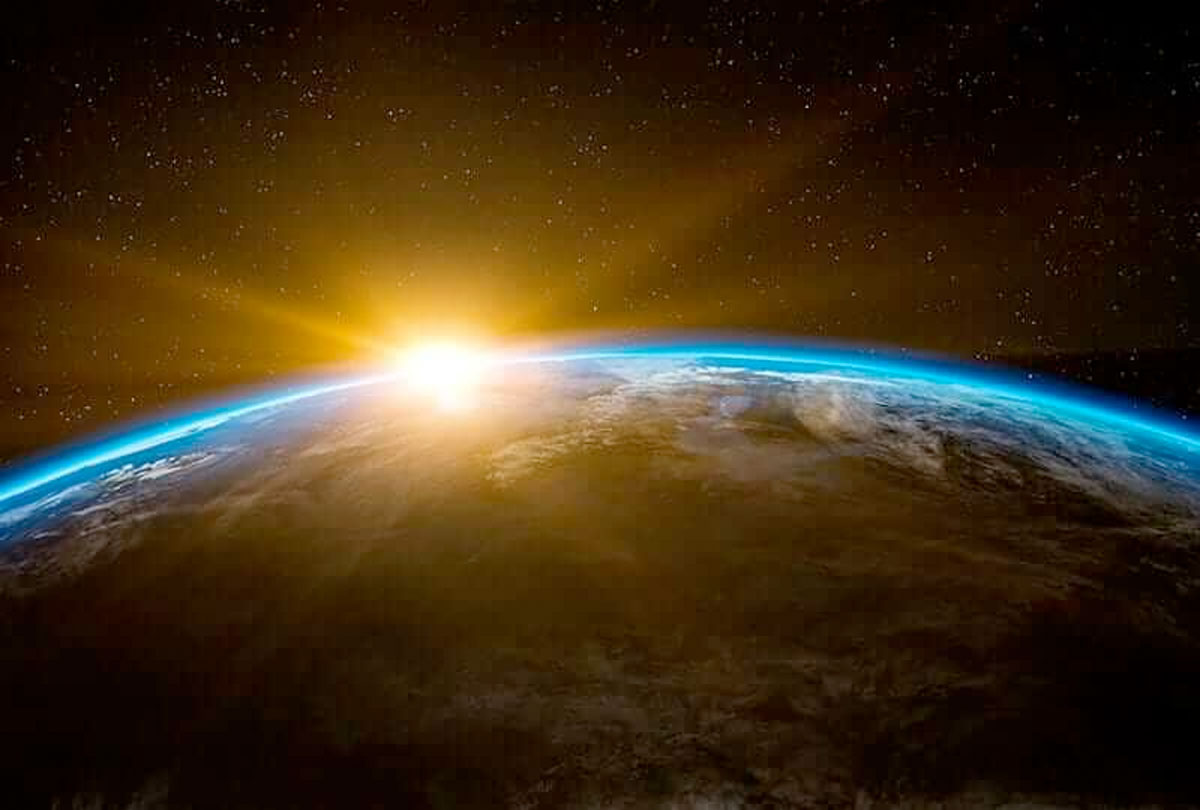Australia’s Bureau of Meteorology appears to be doing science in a different way than was done in the past. If this change was due to a scientific or technological breakthrough, that might be a good thing. But what we’re seeing looks more like a fraudulent change, pushing a particular point of view on global warming.
A 2016 story from the independent news site indaily.com.au took a 20-year slice of data, using it to confirm the global warming theory that says we’re all going to die if we don’t cut “carbon emissions.”
Lies. Damned Lies, and Statistics
It turns out that you can’t just take natural data from any 20-year period and use it to prove a point, unless other things are taken into account. Most people know the old saying that there are “Lies. Damned Lies, and Statistics.”
Obviously, it is hard to only blame InDaily for the error, because they’re not scientists, but people don’t need to be scientists to see a poorly-constructed argument. For this story, InDaily got quotes from Bureau of Meteorology staff who, at least by 2016, should have known about the underlying problem.
Science and the Scientific Method
Science is the study of the nature and behaviour of natural things. Scientists obtain knowledge about natural things by observation and measurement.
The principles and empirical processes of discovery and demonstration necessary for scientific investigation generally involve a replicable process. That process begins with the observation and measurement of some phenomena, followed by the formulation of a hypothesis. Next comes experimentation to demonstrate the truth or falseness of the hypothesis, and finally a conclusion that validates, invalidates or changes the hypothesis.
It is known that even after a scientific hypothesis is validated, it may not be the definitive truth. Science is never settled. New discoveries often change previously proven hypotheses.
11-Year Solar Cycle
So what was it that the Bureau of Meteorology scientists should have known, that they should have told the journalists at indaily? It is something that has been known for hundreds of years. There are multiple solar cycles. The most “visible” to us is the 11-year cycle.
The 11-year cycles have numbers, starting with #1 in 1757. In mid-2019, 11-year cycle #24 just ended, the weakest cycle in the past 100 years. Cycle #25 is just starting. It will be interesting to see what happens in this cycle. Astrophysicists such as Professor Valentina Zharkova suspect an extended solar minimum may be about to begin.
The 11-year cycle is associated with a number of different phenomena. There are visual and non-visual effects. The visual indications are sunspots – or the lack of them – on the surface of the sun. Sunspots are magnetic disturbances. When the sun’s polar field strength is at its highest, the number of sunspots is high, and as the polar field strength falls to its minimum, the number of sunspots becomes very low.
These cycles are extremely important, because when solar activity is low, average temperatures fall, and when solar activity peaks, average temperatures are higher. One important thing to note is that even when solar activity is low, high daily temperatures are still possible. That’s because, as the sun’s magnetic field wanes, it cannot prevent cosmic rays and particles and the high-speed solar wind from breaking through the earth’s atmosphere and affecting us.

Grand Solar Minimum and Sunspots
Bureau of Meteorology Scientists
Is anyone curious about what the Bureau of Meteorology scientists should have told the InDaily journalists?
Maybe people are not curious. This means they are not paying attention and are quite willing to allow others to make decisions for them. Skeptics, on the other hand, hear what “official sources” say, and think that what they’re being told doesn’t make sense. That’s when politics comes into play. Politics is used to silence the opposition, and whoever is running this global warming scam is using the compliant population to try to silence the skeptics. It won’t work, because the skeptics will not give in to tyranny.
Obviously, the Bureau of Meteorology should have said that extracting a 20 year slice out of thousands of years of history doesn’t cut it as “science.” The reason the Bureau didn’t do that may be that they are pushing ideology, not science.
An Australian Climate Scientist
It is at least a little surprising that BOM isn’t telling Australians about the solar minimum. After all, they probably have scientists that are not “Climate Scientists” in the ranks. A real climate scientist I know of in Australia, Dr. Robert Ian Holmes PhD. has been talking about this for a long time. Dr. Holmes tells is “there is no greenhouse effect.”
Climate Science Video Series
Dr. Robert Holmes tells everyday Australians, as well as the Bureau of Meteorology, in a short series of easy-to-understand videos, about what he sees is going on. His informative series can be found on Youtube under his id “1000frolly PhD.” Look for his videos Climate Science 1, Climate Science 2, Climate Science 3, Climate Science 4, Climate Science 5 , Climate Science 6. (there may be more now)
Sadly, the Bureau of Meteorology no longer cares about science and the Australian government can’t be bothered to make them tell the truth to Australians. Perhaps they will if this solar minimum drags on for another 40 years.
Climate Science papers
To see his three Climate Science papers, see the three citations below:
Holmes, R. I. (2018). Thermal Enhancement on Planetary Bodies and the Relevance of the Molar Mass Version of the Ideal Gas Law to the Null Hypothesis of Climate Change. Earth, 7(3), 107-123. [Thermal Enhancement paper]
Robert Ian Holmes, On the Apparent Relationship Between Total Solar Irradiance and the Atmospheric Temperature at 1 Bar on Three Terrestrial-type Bodies, Earth Sciences. Vol. 8, No. 6, 2019, pp. 346-351. doi: 10.11648/j.earth.20190806.15 [Solar Irradience and Atmospheric Temperature paper]
Holmes, R. I. (2017). Molar Mass Version of the Ideal Gas Law Points to a Very Low Climate Sensitivity. Earth Sciences, 6(6), 157. [Very Low Climate Sensitivity]
GSM Video The Bureau of Meteorology Should Watch
Below here is a video the Australian Bureau of Meteorology should seriously consider reviewing. It explains the cycles and that largely explains the weather we’ve had over the past two to three years. The fact that they have given Australians no solid reason for having the Coldest February in 40 years is proof they either know nothing about Milankovich cycles, or they are ignoring science in favour of an ideological narrative.



